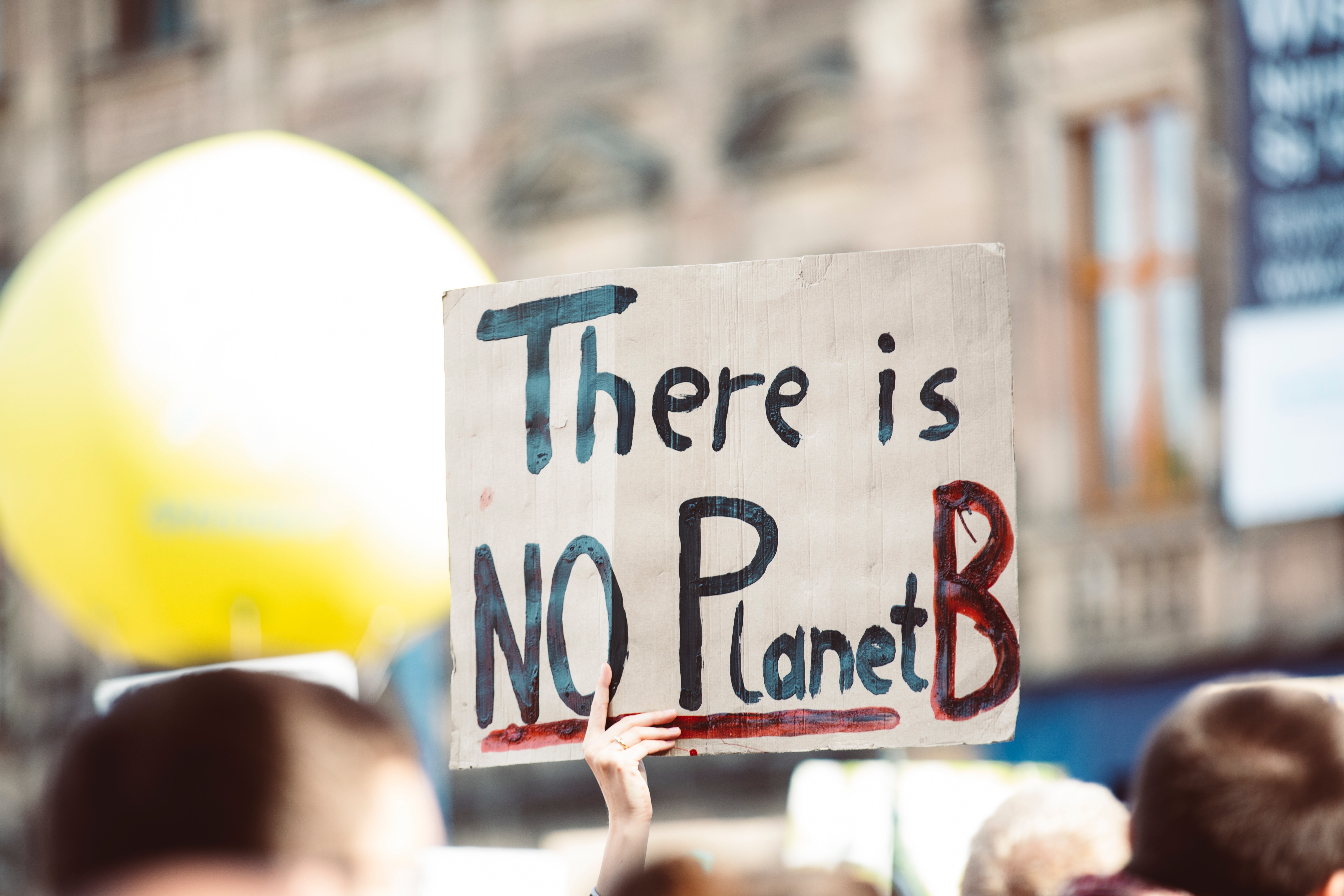
Immersive technologies help raise awareness about climate change.
Crédits photos : Markus Spiske (Pexels)
Immersive technologies are a powerful tool for prevention and education. Immersion allows you to see the reality of today or tomorrow. In this way, virtual reality can help to raise awareness of our impact on the environment. Laval Virtual has selected five use cases that show how immersive technologies can be used to save our planet.
Recent events have proved it: immersive technologies can help us consume better. Virtual worlds are an example of this. By conducting meetings and events remotely, travel is significantly reduced. The development of immersive tools has made us realise that our carbon footprint can be vastly and easily improved. Many virtual reality experiments are now trying to show the extent of human impact on the environment.
Measuring and showing the human impact on our planet
Virtual reality is the ideal tool for showing the impacts of human activity on the environment. It makes it possible to show images of the future: where deforestation has taken over the Amazon forest, where fauna and flora are destroyed by devastating fires. Be Earth is a virtual reality experiment with impacting images to show the reality of tomorrow. It was developed by the non-profit organisation XR Impact, in collaboration with the United Nations and climate experts.
The experience takes us to the heart of the Amazon rainforest in Brazil. In the headset, the user observes fires deliberately caused by man for cultivation and breeding. The experience alerts us to this practice, which has consequences for the entire ecosystem. It confronts users with serious images, while giving advice. The aim is not to moralise but to explain how, on its small scale, one can act to change things on a daily basis. Be Earth is made available free of charge, in order to raise the awareness of as many people as possible.
In terms of an environmental awareness tool, there is also “Meet your carbon footprint”, a virtual reality experience. It is the result of a collaboration between the United Nations Environment Programme and the Sony Playstation “Dreams” platform. Its aim is to show everyone their environmental impact in a concrete way. How does it work? In the virtual environment, the user is confronted with a coloured gas ball that represents his or her carbon footprint.
The experience then guides him through several stages of daily life and shows their impact on the planet. For example, at breakfast, it is explained that you can reduce your carbon footprint by avoiding packaging, eating seasonal fruit and reducing your consumption of meat. During the experiment, the gas ball becomes larger or smaller, depending on the user’s consumption habits. This is a very good way to better understand and measure your own individual impact.
Raising awareness about the disappearance of fauna
In another way, immersive technologies are used to help protect endangered species. Non-governmental organisations are using virtual and augmented reality to draw attention to their respective causes. This is the case of the Sea Shepherd association, which fights for the protection of marine life. It has worked with the creative studio Resn, to launch an augmented reality application.
Called “Bellow the Surface”, this application warns of the “by-catch” phenomenon. This is a term used in the fishing industry to describe animals that get caught in fishing nets. In 2019, this problem caused the death of 11,000 dolphins on the French west coast. When the application launches, a small planet is displayed in front of the user. By zooming in, he finds himself in a 360 environment that simulates a scene in the ocean. The scene shows a dolphin caught in the meshes of a net, and others being thrown back by the fishing boat.
In addition to raising awareness, immersive techniques can even help to protect endangered species. In Australia, university researchers are using a combination of virtual reality and thermal images taken by drones to protect the koala habitat. This is a new analytical model that makes it possible to predict the location of koala habitat. Instead of sending the 82 researchers into the field, 360-degree images are projected in headsets; this ensures that the natural habitat is not disturbed.
“If you can predict where the koalas are and the types of habitats they live in, then you know not only where to go to continue monitoring them, but also the areas you need to protect.” – Docteur Catherine Leigh
Virtual reality is used to protect another species, marine this time: coral. Corals will surely be the first ecosystem to become extinct, due to climate change and ocean acidification. Their disappearance is important. This is why the socio-ecological artist Colleen Flanigan has created a steel structure that has become a living coral reef! It is located at the bottom of the sea in Cozumel, Mexico.

This underwater structure is charged with a low voltage current which causes marine minerals to be deposited on its surface. This forms a natural substrate on which the corals can be cemented. The aim is to provide a habitat for threatened marine biodiversity. To build this structure, the artist used the virtual reality tool Tilt Brush. The application allows her to enrich her design, by adding fish and corals for example, in order to simulate and observe the evolution of habitats.
There is no doubt that virtual reality is a great tool to serve noble causes. In particular, the creation of fictional 3D environments and immersion diving help to raise awareness of environmental impact. This is an interesting approach, all the more so as the majority of these applications can be tested by the general public. It’s a good way of shaking up the population’s consumption habits.


